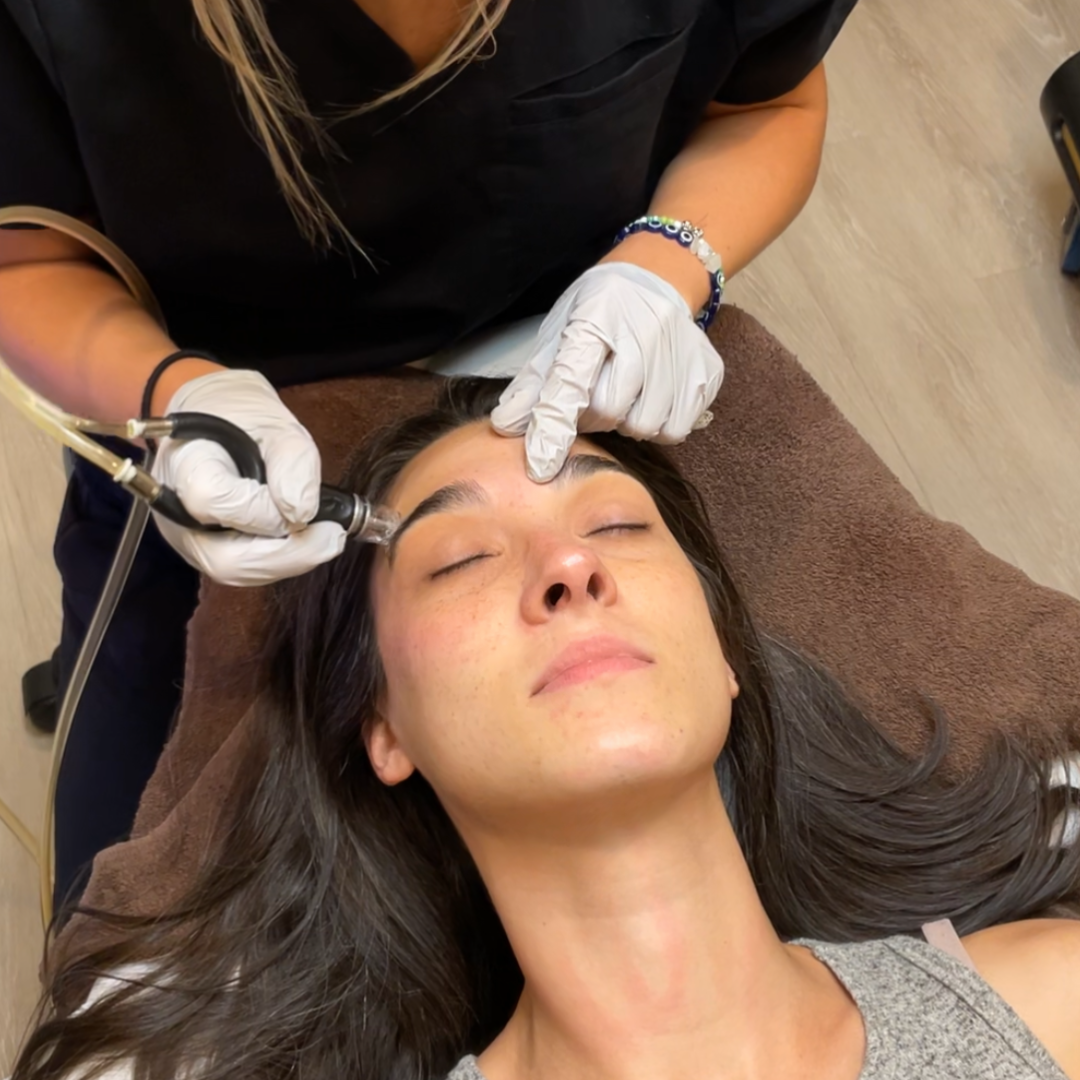Types of Skin Cancer and Ways to Treat It
Anyone is at risk of skin cancer but there's higher risk for those with fairer skin complexion, increased sun exposure and history of indoor tanning. Genetics plays an important role. If you have a history of skin cancer in the family you are put at a higher risk, specifically a first degree relative with history of melanoma.
There are several types of skin cancer. However, the main three types that we most commonly see are basal cell carcinoma, squamous cell carcinoma and malignant melanoma. These cancers are caused by atypical and uncontrolled growth of different types of cells that make up the layers of the skin.
The type of skin cancer an individual can get is determined by where the cancer begins. Here is more information to help you identify any skin cancer concerns you may need to address with your dermatologist.
The Big Three
1. Basal Cell Carcinoma – BCC is the most common form of skin cancer - yet the least aggressive - with the appearance of a flesh colored, pearl-like bump or pinkish patch of skin.
Where is can appear? BCC frequently develops in people who have fair skin. People who have skin of color also get this skin cancer. It is common on the head, neck, and arms; however, they can form anywhere on the body, including the chest, abdomen, and legs.
What to do? If you suspect that you or a loved one has BCC, consult a dermatologist to evaluate the lesion on the skin and begin appropriate treatment, which, is done with either a small surgery or image-guided superficial radiotherapy to remove the lesion and eliminate all the affected cells. Early diagnosis and treatment for BCC are important. It can grow deep and if allowed to grow, it can penetrate the nerves and bones, causing damage and disfigurement.
NOTE: BCCs usually develop after years of frequent sun exposure or indoor tanning.
2. Squamous Cell Carcinoma – SCC is the second most common type of skin cancer often with the appearance of a red firm bump, scaly patch, or a sore that heals and then re-opens.
Where is can appear? SCC tends to form on skin that gets frequent sun exposure, such as the rim of the ear, face, neck, arms, chest, and back.
What to do? Again, if you suspect that you or a loved one has SCC, consult a dermatologist to evaluate the stain on the skin and begin appropriate treatment, which, is done with either a small surgery or image-guided superficial radiotherapy. Early diagnosis and treatment can prevent SCC from growing deep and spreading to other areas of the body.
NOTE: Sun exposure is the main cause of SCC, but I can also happen in those who undergo chemotherapy and radiation therapy treatment or have chronic skin problems, such as wounds that do not heal.
3. Melanoma – Melanoma is the deadliest form of skin cancer and frequently develops in a mole or suddenly appears as a new dark spot on the skin.
Where is can appear? Melanoma can develop most anywhere on your body with the back and lower legs most frequent.

What to do? It is important that dark spots that change over time and have an irregular shape are quickly evaluated by a dermatologist. Treatment starts with surgery to remove the skin lesion, and additional therapies are needed for melanoma that has spread to the lymph nodes or other organs. Early diagnosis and treatment are crucial. Knowing the ABCDE warning signs of melanoma can help you find an early melanoma. Melanoma can also occur in your mouth, in your eyes and in your genitals so it is important to perform routine screening exams like dental visits, eye exams and OBGYN exams.
Share this article with friends!


How the Desjarlais Experience Can Help Manage GLP-1 Side Effects for a Healthier Weight Loss Journey








